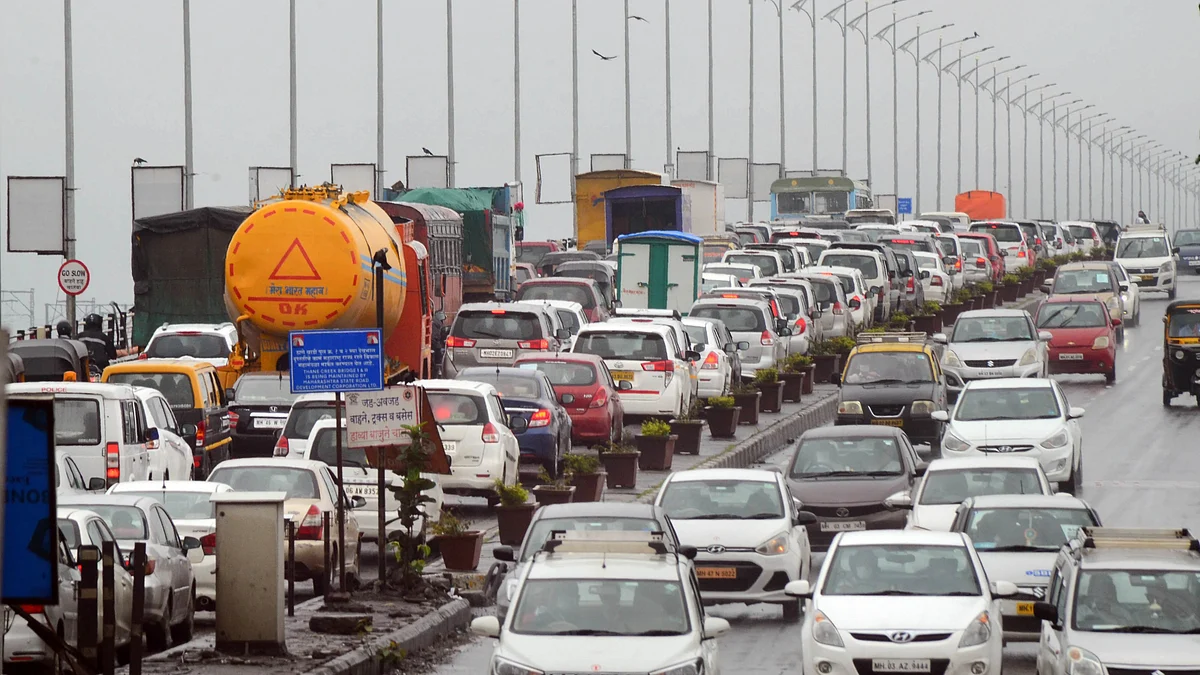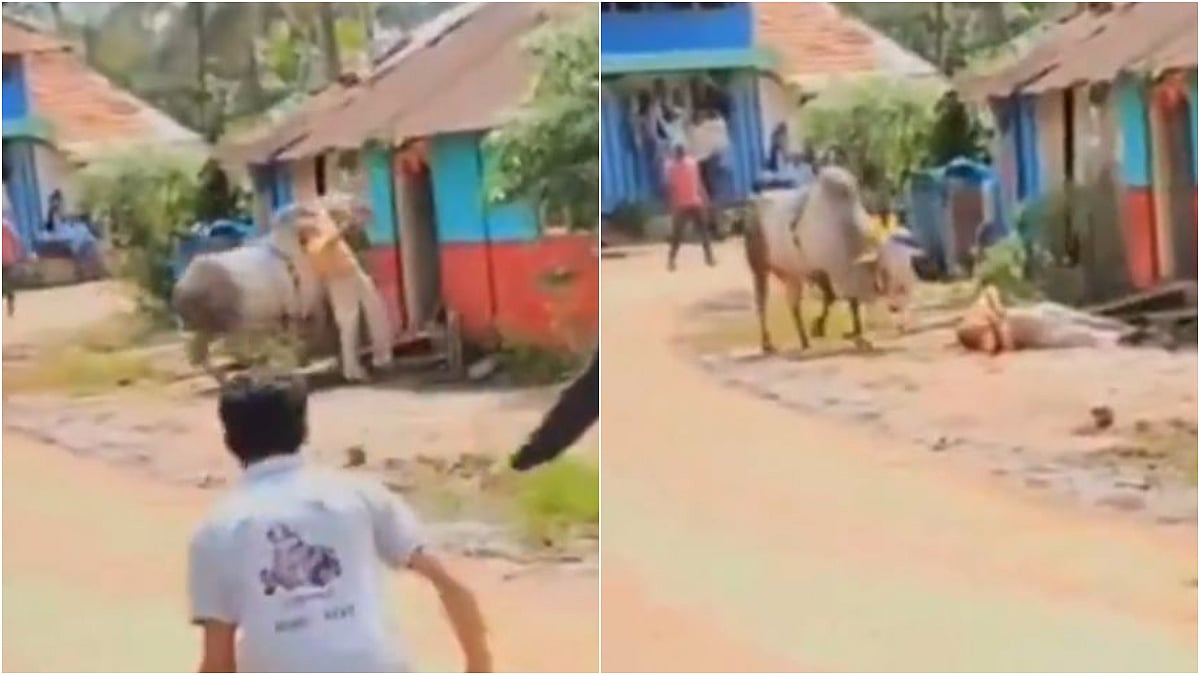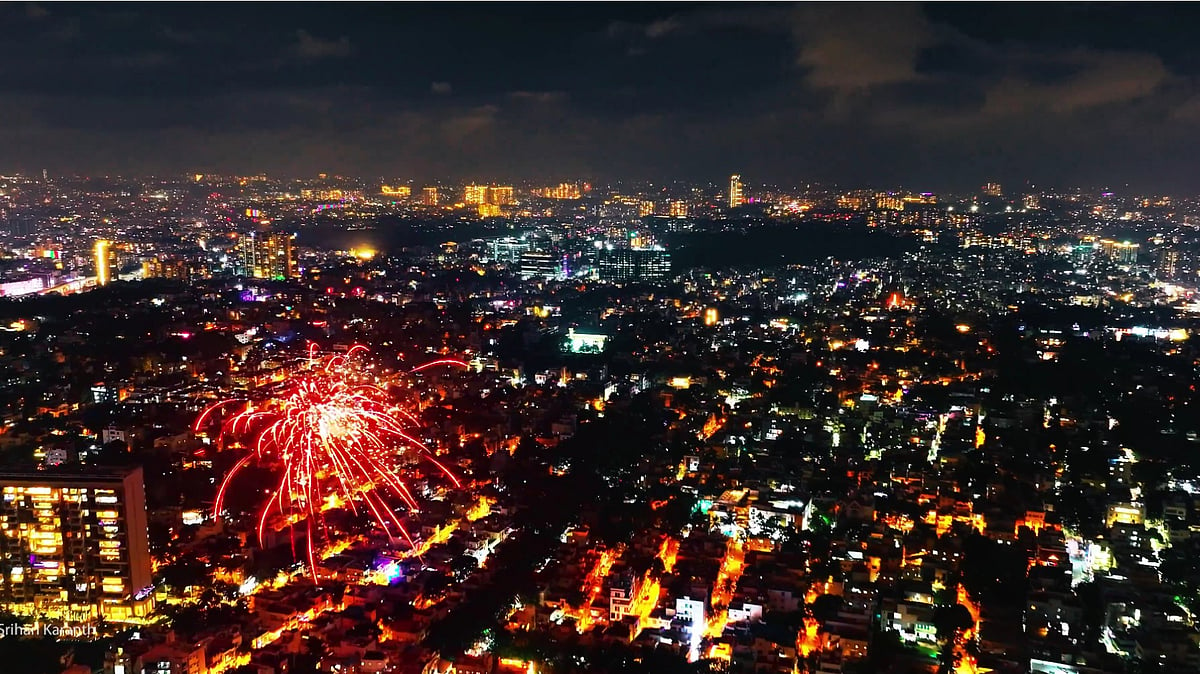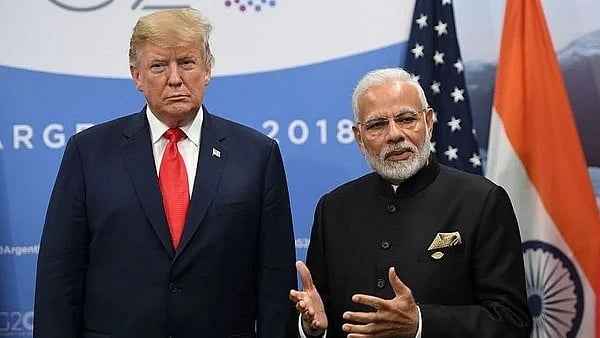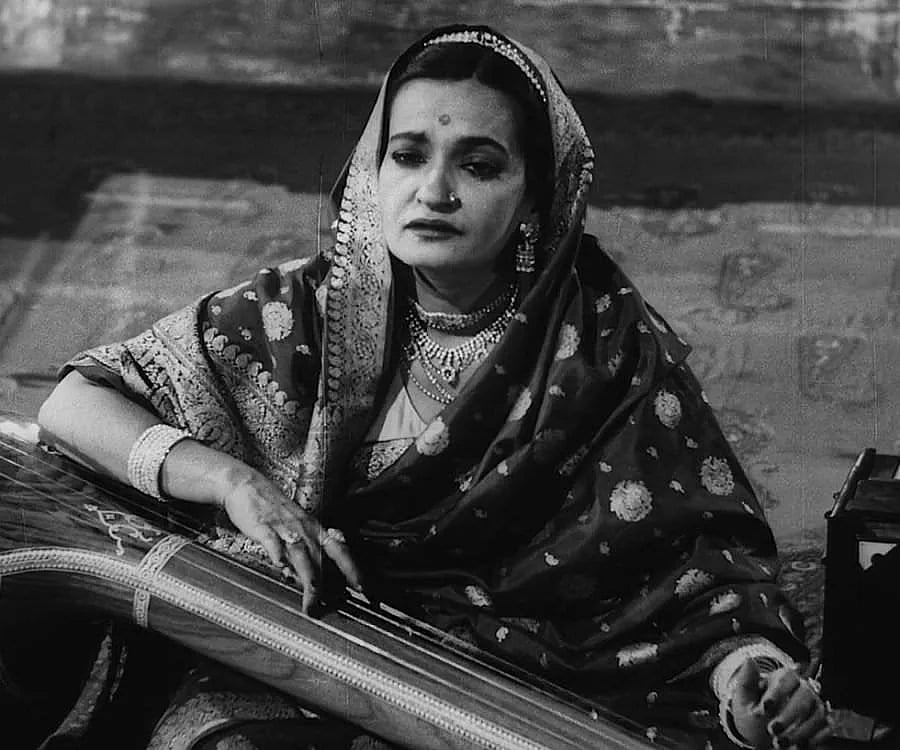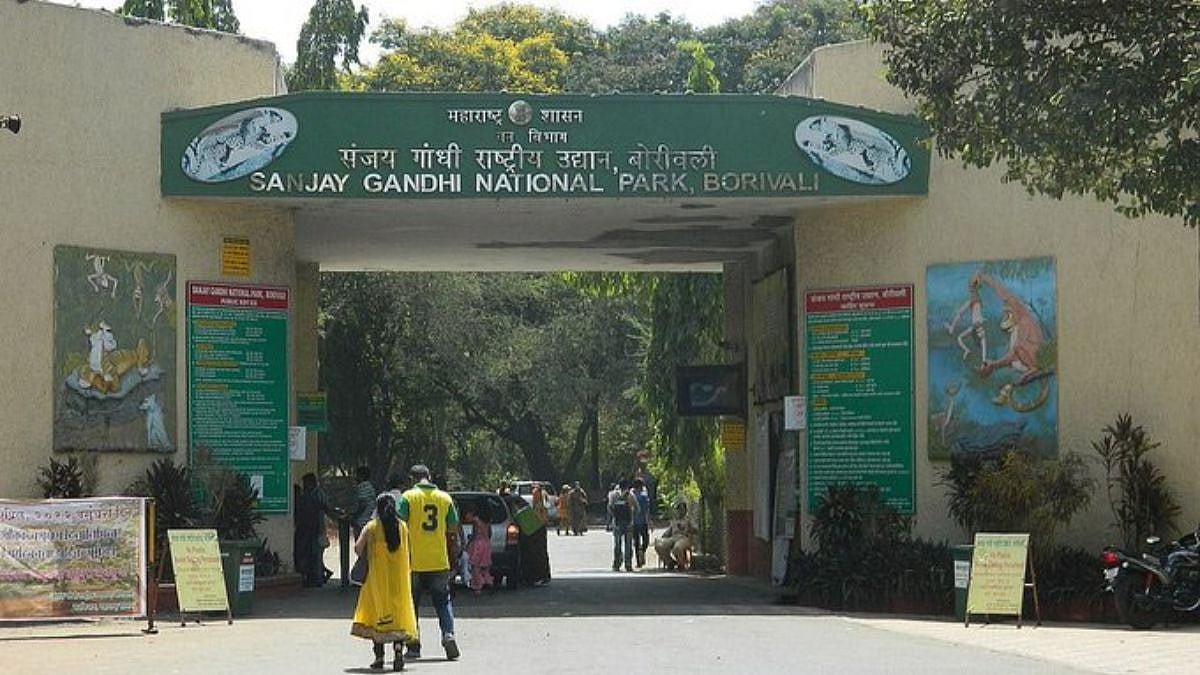Recently the former Maoist prime minister of Nepal, Pushpa Kamal Dahal or ‘Prachanda’ (the terrible one), raised a storm in a teacup in the hyper-active politics of Kathmandu by warning the coalition government which replaced his rule a couple of months ago to “learn” from the political unrest that toppled Sheikh Hasina’s regime in neighbouring Dhaka.
Khadga Prasad Sharma Oli, the current Nepalese prime minister, has of course lashed out at comments by his former ally, Dahal, and said attempts to promote anarchy will not work and that Nepal was not a “photocopying machine” where tactics used elsewhere could work.
The constitutional ‘coup’ in July which replaced Dahal with Oli, a rival communist, who cobbled together a coalition with the country’s largest party — the Nepal Congress — came as Nepal was in the midst of talks to strengthen Chinese presence in the mountainous nation through its Belt and Road Initiative.
A fact which has led many to allege that the the revolving chairs game played out in Nepal’s seat of power — Singha Durbar — was controlled by Beijing at one end and New Delhi at the other.
The Nepal Congress, the country’s largest political party has long been warning of the pitfalls of the BRI initiative and along with prominent intellectuals in Kathmandu, pointing to the yawning debt trap that the former Hindu kingdom may be falling into.
Last week the coalition government which is battling to keep afloat as a flailing economy acts as a millstone around its neck, formally asked China to convert a US $ 216 million loan taken from Beijing, to build Pokhara’s new international airport by a clutch of contractors from China, into a grant as the money went into Chinese pockets in any case.

The airport is seen by many as typical of the problems that Chinese infrastructure projects built in Asia have. A week after it was inaugurated, a Yeti airlines flight crashed into a gorge killing 68 people. Since then the airport, which many consider over-priced, has been struggling to make money, making it difficult to pay back the loan.
To add to the Pokhara airport’s woes, Nepal’s anti-corruption agency as well as a Parliamentary committee are probing the airport’s construction as whispers about possible graft float around in Kathmandu.
Kathmandu itself has been in an economic crisis for some time, with a fast depreciating Nepali rupee which has fallen by as much as 20 per cent in a single year, high inflation, rising unemployment and declining industrial production, slowing down growth to just 2 per cent in 2023 from a heady 9 per cent in 2017, according to World Bank statistics.
Remittances from Nepalis working abroad, infrastructure projects, realty and tourism are propping up the economy. Big ticket projects from China and India (both nations want to build railways into Nepal) are thus seen as a panacea to help bail out the economy. However, the high costs and low utility of many of the Chinese promoted projects are acting as brakes to the Himalayan nation’s appetite for “development”.
Oli has in the past taken anti-India stances including over a border dispute over three tiny specks on the map — Kalapani, LipuLekh and Limpiyadhura — which many suspect has more to win popular support from taking on a bigger neighbour, than his own pro-China convictions.
However, its partner Nepal Congress, which has a long history of dealing with political parties in India across the spectrum, has been acting as a check on the border management and BRI deals which Prachanda and Oli have been eyeing and which do not seem to be too popular in Nepal.
Five years ago, China’s leader Xi Jinping visited Kathmandu and proposed to elevate his country’s relationship with Nepal to a strategic partnership, much to India’s consternation. However, this proposal has been stuck mainly over border demarcation or management as the Chinese call it and costly BRI initiatives.
Missing border pillars, Chinese incursions and construction of dual use hamlets inside Nepal’s border, have played spoilsport to a pact which would have seen, among other things, Tibetan refugees escaping China being forcibly returned by law within seven days of their escape. With BRI deals under the scanner, fresh initiatives will find many barriers to acceptance.
However, this does not really mean that India enjoys an upper hand in the sensitive border nation. Popular perception that India is a “regional bully” abounds because of a number of ticklish issues which have cropped up between the two nations, including trade blockades and conspiracy theories over the slaying of the royal family by a prince over an unfulfilled love affair.
Attempts to bring back the royalty and foster a return to the ‘Hindu nation’ tag, while arousing nostalgia among some in Nepal, are also giving rise to conspiracy theories of an Indian hand somewhere in the background.
What is certain is that the India-Nepal-China open-handed ‘Argentinian tango’ will continue as the two Asian powers continue to vie for influence in the strategic Himalayan nation, till Kathmandu finds its own feet as a fully-functional democracy and economically sound country, able to confidently stride in the comity of nations.
The writer is former head of PTI’s eastern region network

